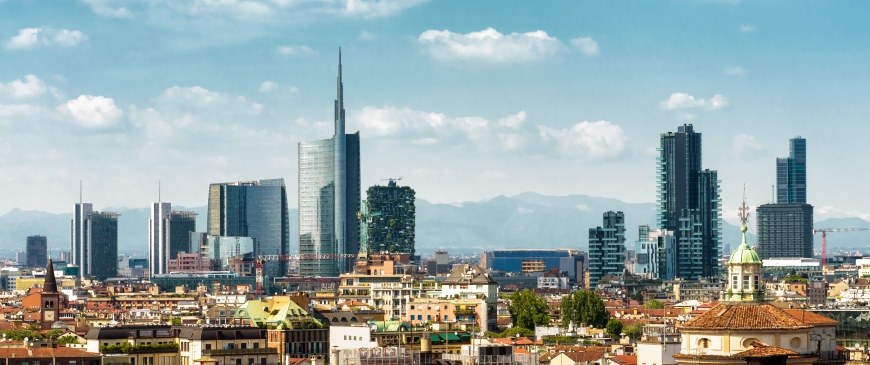
How the megacities of Europe stole a continent's wealth
Last May the Centre for European Reform, a Brussels-based think-tank, published a paper entitled The Big European Sort? The diverging fortunes of Europe’s regions. The “sort” refers to a sifting process that is steadily transforming the demography of EU member states, and driving the polarisation that increasingly defines politics in Europe and beyond.
The post-industrial city, say the study’s authors, is a success story based on the clustering of high-end services in the great metropolises. “In the 1980s and 90s,” they write, “industrial heartlands such as the Ruhr in Germany suffered from relative – and in some cases absolute – decline in industrial output. The largest cities – often capitals such as Paris or London – were able to replace a declining industrial production with high-value services.”
By the 21st century, these reinvented metropolises needed a new kind of population, which was “younger, more highly educated and richer than Europeans who live in less successful cities and towns,” the report says. “Less successful places are losing people, especially in countries with ageing demographics.”
The consequence, the report concludes, is a damaging divide between ageing towns and rural areas and the great cities. “The political effects of regional sorting are predictable: frustration at relative economic decline in poorer regions, a sense of loss of community as younger people leave, and grievance about metropolitan ‘elites’ running the country for their own benefit.”
